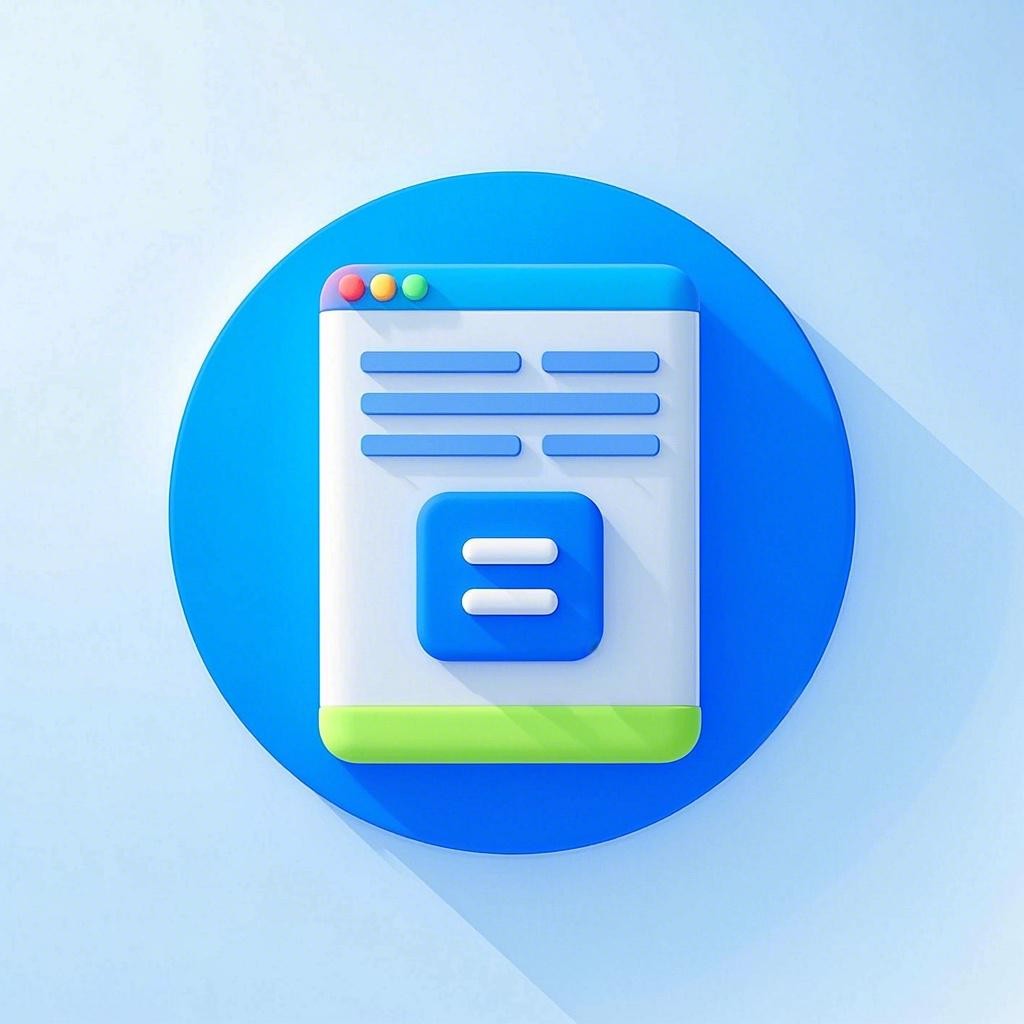Bootstrap 是一个流行的前端框架,它通过提供丰富的 CSS 样式、JavaScript 组件和网格系统,帮助开发者快速构建响应式和移动优先的网站。对于初学者来说,Bootstrap 是一个很好的起点,而对于希望进阶的开发者,掌握一些高级技巧将能进一步提升网页设计的效率和美观度。
一、深入理解Bootstrap的栅格系统
Bootstrap 的栅格系统是其核心特性之一,它允许开发者通过简单的类来创建响应式布局。以下是栅格系统的几个关键点:
- 12列网格布局:Bootstrap 的栅格系统将页面分为12列,每列宽度相等。
- 响应式设计:通过媒体查询,Bootstrap 的栅格系统能够在不同屏幕尺寸下自动调整布局。
- 容器(Container)、行(Row)和列(Col):使用
.container包裹内容,.row创建行,.col-*定义列。
栅格系统代码示例
<div class="container">
<div class="row">
<div class="col-md-6">左侧内容</div>
<div class="col-md-6">右侧内容</div>
</div>
</div>
在这个例子中,.col-md-6 表示在中等及以上屏幕尺寸上,这个列将占用一半的宽度。
二、自定义Bootstrap组件
Bootstrap 提供了大量的预定义组件,如按钮、表单、导航栏等。开发者可以通过自定义这些组件来满足特定的设计需求。
自定义按钮
<button class="btn btn-primary btn-lg">大号主要按钮</button>
<button class="btn btn-secondary btn-lg">大号次要按钮</button>
通过添加 .btn、.btn-primary、.btn-secondary 和 .btn-lg 类,我们可以创建一个自定义的大号按钮。
三、利用Bootstrap进行响应式设计
响应式设计是现代网页设计的关键。Bootstrap 通过媒体查询和栅格系统,使得开发者可以轻松实现响应式布局。
媒体查询示例
@media (max-width: 768px) {
.row {
margin-right: -15px;
margin-left: -15px;
}
.col-md-6 {
width: 100%;
float: none;
}
}
这个媒体查询确保了在屏幕宽度小于768px时,每个列将占满整个屏幕宽度。
四、进阶使用Bootstrap插件
Bootstrap 提供了多种插件,如模态框、下拉菜单、轮播图等。掌握这些插件的使用,可以提升网页的交互性和用户体验。
模态框插件示例
<button type="button" class="btn btn-primary" data-bs-toggle="modal" data-bs-target="#exampleModal">
打开模态框
</button>
<div class="modal fade" id="exampleModal" tabindex="-1" aria-labelledby="exampleModalLabel" aria-hidden="true">
<div class="modal-dialog">
<div class="modal-content">
<div class="modal-header">
<h5 class="modal-title" id="exampleModalLabel">模态框标题</h5>
<button type="button" class="btn-close" data-bs-dismiss="modal" aria-label="Close"></button>
</div>
<div class="modal-body">
这里是模态框的内容。
</div>
<div class="modal-footer">
<button type="button" class="btn btn-secondary" data-bs-dismiss="modal">关闭</button>
<button type="button" class="btn btn-primary">保存</button>
</div>
</div>
</div>
</div>
通过上述代码,我们可以创建一个简单的模态框。
五、总结
Bootstrap 是一个功能强大的前端框架,通过学习和掌握其高级技巧,开发者可以更高效地设计出美观且响应式的网页。不断实践和探索,将有助于你解锁更多网页设计的秘密技巧。
